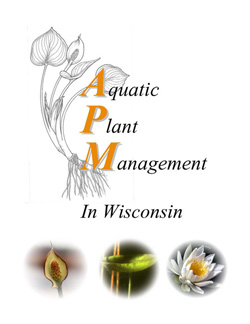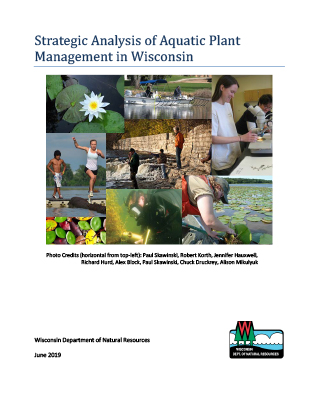Aquatic Plant Management in Wisconsin

Appendices
For more information or questions regarding APM in Wisconsin contact:
Strategic Analysis of Aquatic Plant Management in Wisconsin

Aquatic plants are a critical component of the state’s freshwater environment. They help to ensure good water quality and clarity, through their influence on sediment stability, nutrient uptake, and oxygen content, while providing habitat and food for fish and wildlife. Sometimes, however, aquatic plants can become overabundant and interfere with water recreation and other uses of lakes, rivers, and ponds.
The Wisconsin Department of Natural Resources (DNR) is responsible for balancing the protection of aquatic plants with the management of problem species. Aquatic plant management (APM) is important to Wisconsin’s people and communities. Recreational users, property owners and the tourism industry benefit from an effective APM program. The DNR’s strategic analysis of APM in Wisconsin was conducted to help decision-makers and the public to better understand the topic, and to aid in the crafting of future policy.
The final strategic analysis report [PDF] summarizes current information on APM, including known and possible environmental impacts, applicable regulations, economic considerations, and potential management alternatives for the future.
For more information about the strategic analysis process and the feedback and public review of this document, go to the DNR's website HERE.
